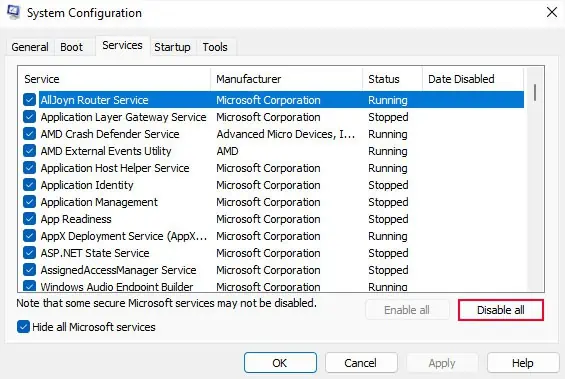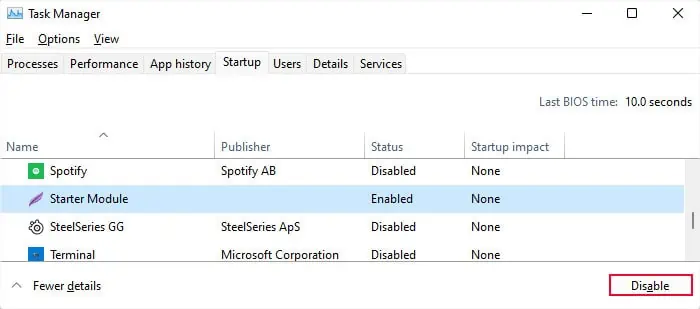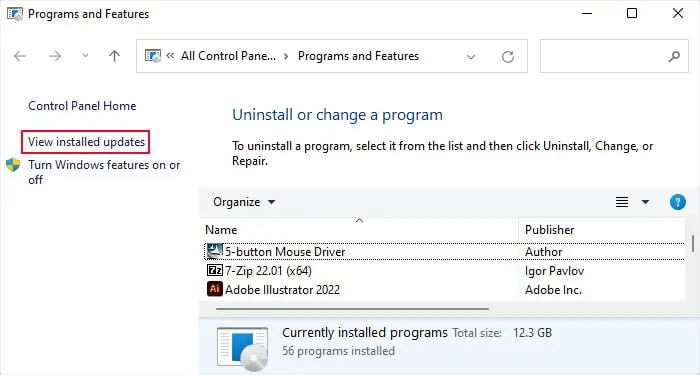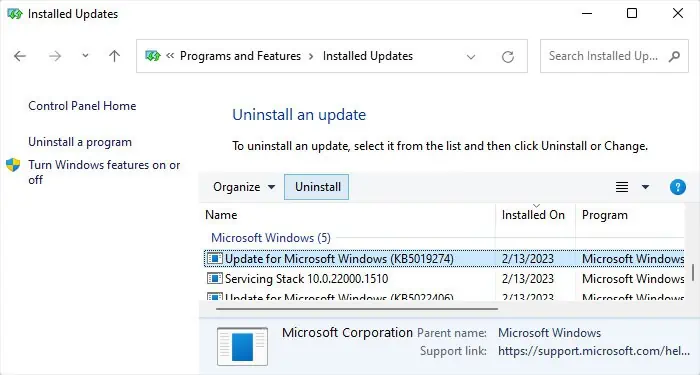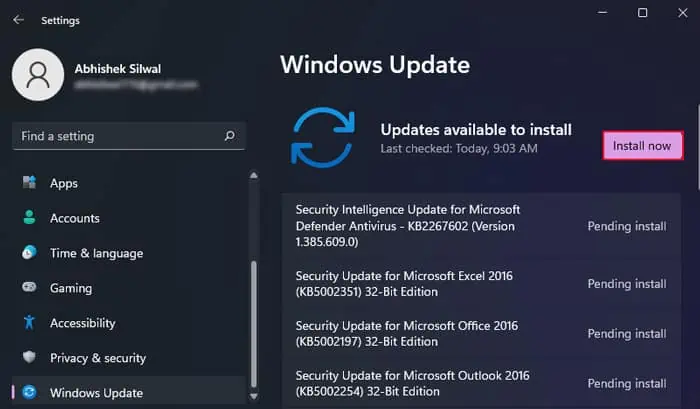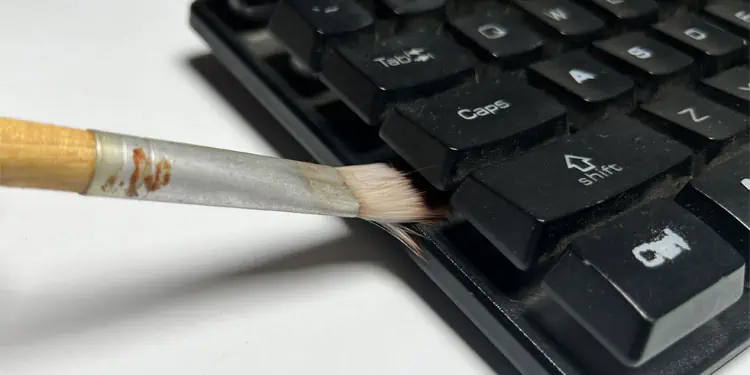The Caps Lock key usually has a simple but important function—changing the case of the alphabet that you type. Although it is possible to get the uppercase letters by pressing the Shift key, it can get difficult to type continuously by holding the Shift key.
So, it’s best to troubleshoot your Caps key whenever it stops working. Usually, the problem occurs due to bugs in some updates or other apps disabling or mapping the Caps Lock key for other purposes. But hardware causes like dust clogging inside the key or physical damage are also possible.

Check on the On-Screen Keyboard
Before you do anything else, you should check if the Caps Lock function triggers when you press the caps lock key. It is easy to check if the keyboard has a Caps Lock indicator. If not, you can use the On-Screen Keyboard (OSK). Also, it’s better to check on the OSK even if you have the indicator, just to be safe.
Check Advanced Keyboard Settings
If you can turn on CAPS LOCK by pressing the Caps key but can’t turn it off, it might be because of an advanced key setting. First, check if pressing the Shift key disables the Caps. If so, apply the steps below to disable this setting.
Run Keyboard Troubleshooter
Windows also comes with a dedicated troubleshooter for the keyboard. It scans for and repairs any inconsistencies with the system components responsible for properly running this device. So, if any keys, such as the Caps Lock, are not working, you should run this troubleshooter.
Perform Clean Boot
Some applications, such as third-party clipboards, may also disable the caps lock key or use it as a shortcut key. In such cases, pressing this key won’t trigger its intended function. You need to perform a clean boot and look for such apps. To boot in clean mode:
After restarting, see if the issue is resolved. If not, some other causes are responsible for your problem, so revert the changes you made, reboot, and move on. Otherwise, you need to figure out which app or service is causing the problem.
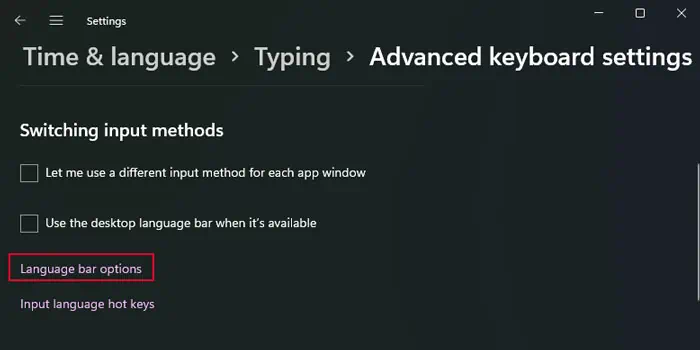
After determining it, you can change its setting, disable it or even uninstall it depending on your situation.
Update or Rollback Windows
If you started encountering this issue right afterupdating your system, the update might have carried some unintentional bugs. You need to report it to Microsoft and wait for further bug fixes or patches.
In the meantime, you can roll back your system to the previous version until such updates are available. You can do so by uninstalling the latest update.
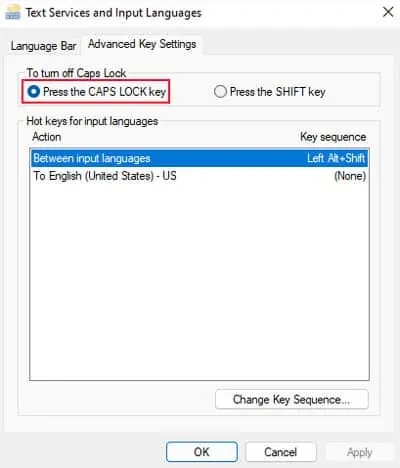
Then, after Microsoft rolls out some updates that address this issue, install them as soon as possible.
Clean the Key
If the inside of the key gets exposed to dust, grime, or sticky gunk, it can prevent the key’s switch or pressure pad from working properly. As such, your computer won’t be able to detect any key presses. You need to clean the key in such situations.
You can use a soft-bristle brush to scrape off the dust from the edges of the key as well as the exposed part of the keyboard case holding the key. Then, spray with compressed air at different angles to get all possible dust out of the keyboard.

If it is a removable key, you can pull out the key using a keycap puller and then use the brush or a lint-free cloth to wipe the switches or membrane. If the mechanical switches are clunky, you can also try disassembling their parts (only possible for some keyboards) and thencleaning them individually.
If the key still doesn’t work, there’s likely some internal damage. It’s better to seek help from professionals to repair or replace the key. You should visit the service center if the warranty is still valid.
